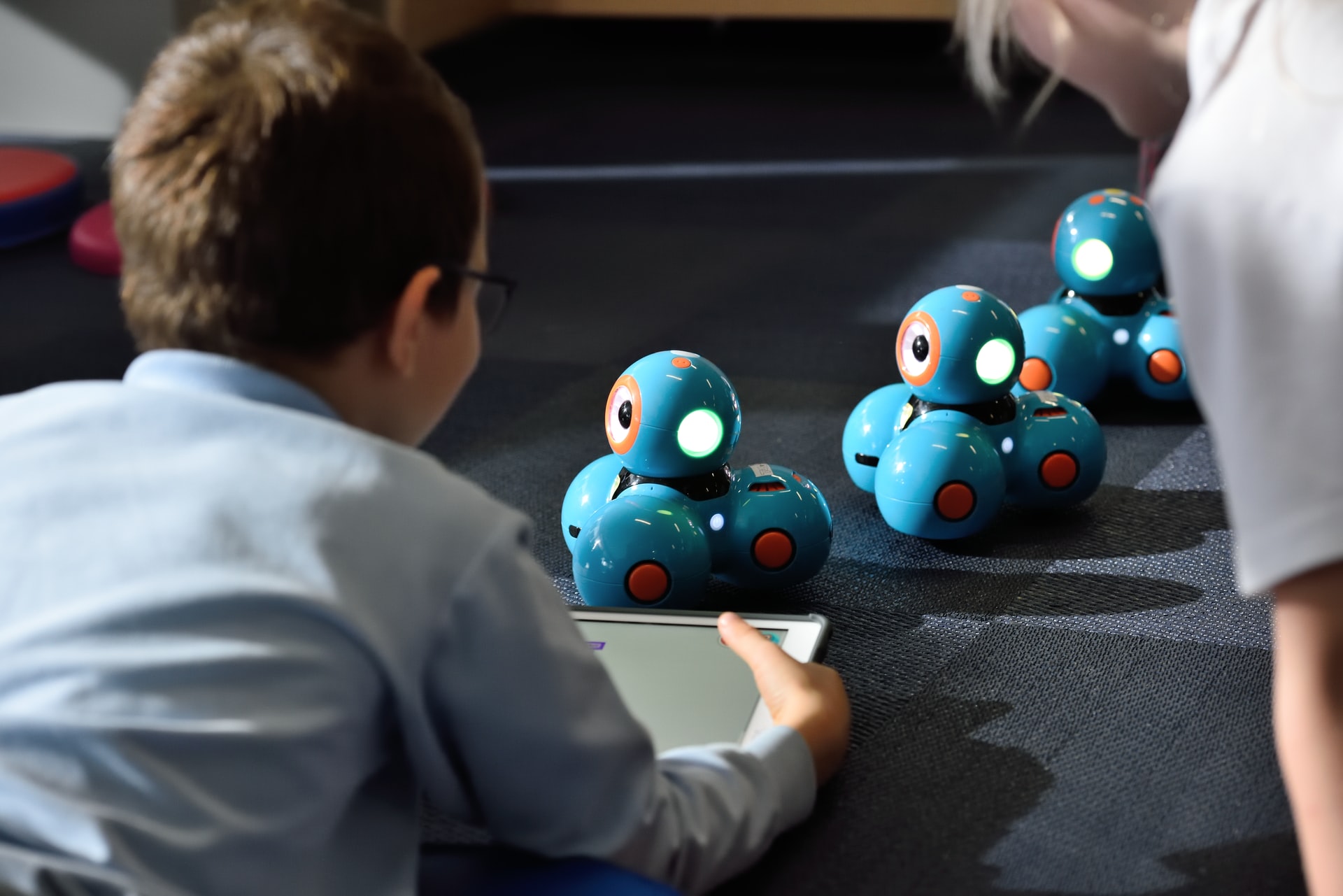By Devin Partida

There’s no denying that our world is becoming more data-driven, and trying to teach young students the importance of understanding critical information is more important than ever before.
Aside from building critical thinking skills, students can benefit from STEM topics (science, technology, math, and engineering), which rely heavily on data and analytics. Setting kids up for success early on in their academic careers is vital.
K-12 educators have their work cut out for them trying to teach their students about data visualization. Here’s why it’s important to teach young students and some tips for teachers who need to cover this in their classrooms.
What Is Data Visualization?
Data visualization is a field of study that examines information through visual means, such as graphs, charts, or tables. Any graphic representation of data falls into this category.
This field of study has an increasingly significant role in STEM applications. Data comes in many forms, but it’s easier to see it put into graphics than numerical form. Trends, insights, and patterns can all be understood more easily when reviewing data visually.
The Importance of Data Literacy
Because the volume of information in our world is constantly growing, implementing data visualization into a K-12 curriculum can greatly improve students’ ability to draw conclusions to help them better understand the world around them.
Consider the role of big data in society today. It helps drive business decisions, fuel growth across industries and assist high-up executives with understanding their company’s performance.
Data visualization plays an even greater role in the business world, from smartwatches to the Internet of Things (IoT). It can be applied to pretty much any career or field. Whether it’s building stellar presentations or predictive models, data visualization is a necessary skill to master.
Students who are proficient in data visualization may be more inclined to pursue careers in STEM, which society will benefit from as a whole. Evidence suggests strong growth in the STEM fields, especially in epidemiology, medical science, biological tech, and more.
Tips for Teaching Data Visualization to K-12 Students
It’s clear that data visualization is important for K-12 students, but how can educators teach it and teach it well? Here are some tips for anyone looking to teach this to their students.
1. Use Free, Online Applications
Thankfully, teachers can use many online applications to their advantage. Here are some free online resources to consider using for teaching data visualization:
-Visual.ly-Google Ripples
-Leaflet
-Gliffy
-Wordle
Some of these online tools may be better than others, but they’re worth a shot. Students must see data spelled out visually rather than in numeric form, and these applications help educators transform it into visual representations. Students can then draw insights from these graphics.
2. Show How Misinformation Comes With Data Visualizations
The core of data visualization is showing information in the most favorable light. However, those who create visualizations can manipulate crucial data, leading to misinformation and misinterpretation.
It’s important to explain to students that just because data is shown visually, it does not automatically mean it’s all accurate. Be sure to showcase where people’s beliefs can easily be swayed when using these techniques.
3. Try Incorporating Data Talks
Taking a discussion-based approach to teaching data visualization has worked well for some educators in the past. When presenting information to a class, regardless of their age, try opening up the floor for discussion. See what students pick up on first, and talk about how the data has been used to create a specific visualization.
This is a positive way to encourage students to tap into their prior knowledge and curiosity when viewing data. Whether it’s a bar graph or a pie chart, ask questions about the visual and offer kids the opportunity to discuss what they see with each other.
4. Create Hands-On, Engaging Projects
Teachers are always creating projects for their students, and hands-on learning is an effective tool for teaching data visualization.
There are plenty of sources of inspiration for creating data visualization projects. For example, one classroom used gummy bears and toothpicks to visualize relationships between people. Each component represents a piece of information, showing how interconnected everyone is. Use examples such as this one or others to create engaging projects for students.
5. Offer Plenty of Feedback to Students
Positive and negative feedback is crucial — no student benefits when teachers do not continuously share insights. Be sure to offer constructive feedback so kids can learn about data visualization holistically.
Data Visualization’s Growing Role
Keep all these tips in mind if data visualization has been tricky to teach. Though it may be a complex topic, it can certainly be taught in ways that are engaging and pique students’ curiosity about data in general.
Learn more about STEM with RobotLAB!

RobotLAB is committed to bringing this technology to the students and enhancing their experience with tools that truly bring learning to life. Check our products ready for career readiness

